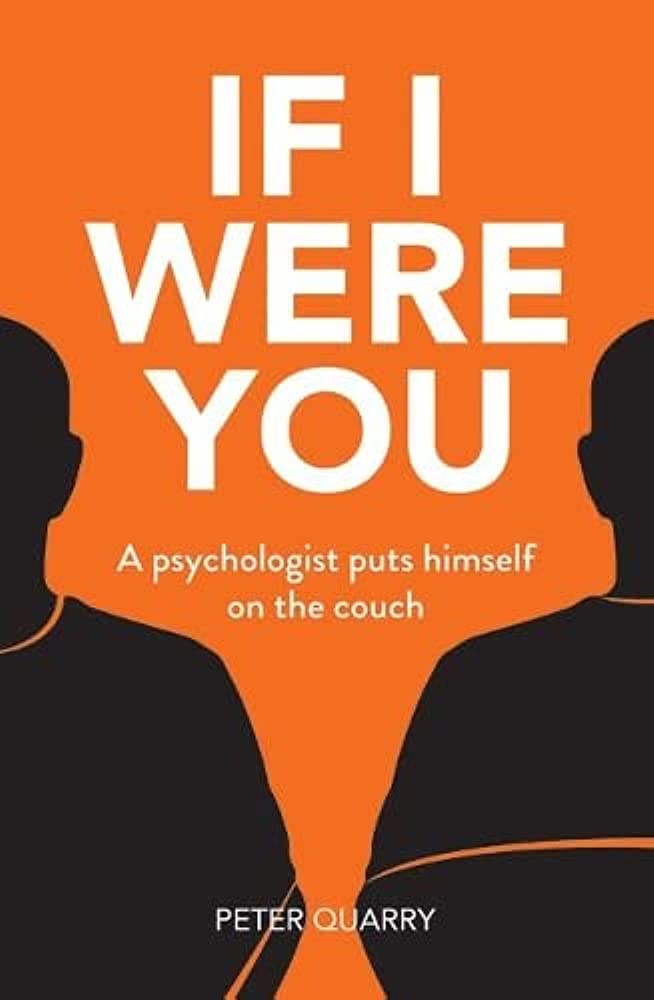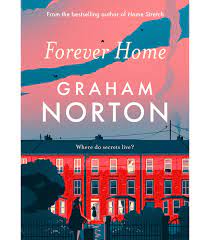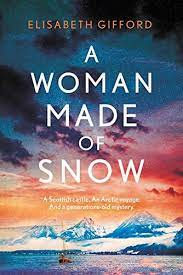Title: Shirley Hazzard: a Writing Life
Author: Brigitta Olubas
Publisher: Hachette/Virago Press, 2022; RRP $34.99
Shirley Hazzard was an important Australian author, born in 1931 and dying in 2016. Though born in Australia, she left in 1947, travelling through Europe with her family. She finished up in New York where she worked with the United Nations through the 1950s and where she spent the rest of her life.
Her 2003 novel, The Great Fire, won the US National Book Award, the Miles Franklin award and the William Dean Howells medal, and was named Book of the Year by The Economist. Her 1970 novel, The Bay of Noon, was shortlisted for the 2010 Lost Man Booker Prize; her 1980 novel The Transit of Venus, an international bestseller, won the National Book Critics Circle Award; her novel A Long Story Short won the 1977 O Henry award. and she was shortlisted for numerous other awards. She also wrote non-fiction.
Whenever people speak of her writing. constant reference is made to the particular beauty of her writing, in words like ‘luminous’ and ‘brilliant’, but also wisdom and insight. From The Transit of Venus we read,
“When you realise someone is trying to hurt you, it hurts less.
“Unless you love them.”
or my favourite,
“Dora sat on a corner of the spread rug, longing to be assigned some task so she could resent it.”
This is an authorised biography written by Brigitta Olubras, a University of New South Wales English professor whose areas of research includes Australian literature and transnational writing, literary and visual culture, gender studies and narrative ethics. The academic qualifications of the author are reflected in this densely researched work and its layout.
Read an obituary of Shirley Hazzard by James Campbell
@ the guardian
It is difficult to do justice to this very extensive biography of Shirley Hazzard without reference to its sheer volume. It is so comprehensive that it could be described as being at the intersection where biography meets reference work, almost a mini encyclopedia.
Because of this, the work is not just a little daunting, but a huge plus is that its layout is well set out, detailed, thorough, and easy to navigate. It is laid out such that particular areas of interest can be easily located without having to plough through the whole book.
Under Sources we are given a guide to using both Sources and Notes. Both provide guidance for future researchers or those just interested in looking deeper into her subject’s life find more material. Of particular value is a reference to the existence of as yet unorganised material, which is almost all Hazzard’s diaries and notebooks, suggesting the story of her life is not finished. Instead of a bibliography by title as is usual, there is a list of abbreviations for each source used in the copious Notes following.
This takes the reader to the source, and this, if followed up, is a chance to check the context of quotes and also the location of the item quoted from. The Index is a richly detailed gateway to very specific areas. I found the bits referring to Hazzard’s relationship with her sister interesting. for example, but being scattered throughout made it difficult to get the full picture as they were mainly snippets of information, many pages apart. However, by working my way through the pages listed in the Index under her sisters name, I was able to get a clearer picture. In contrast, the Contents page is a simple chronological list, meaning interest in a particular time frame is very easy to find. My only criticism of this area would be that the text is smaller than the rest of the book and some may find this difficult.
the center for fiction @ youtube
The author has used as her source a wide range of published and unpublished material, so unlike a reference tool it is rich with personal detail and pages of photographs, and crosses the boundary between her subject’s personal and family life, and her writing aims and output rather than just being a collection of facts.
Anyone interested in Australian literature generally and Shirley Hazzard particularly would find this very useful to absorb slowly in its entirety or dip in and out of. Those who enjoy biographies would enjoy it as the mix of Hazzard’s personal and professional life makes her come alive on the pages.
Reviewed by: Rhonda Cotsell
Ballarat Writers Inc. Book Review Group
Review copy supplied by the publisher










